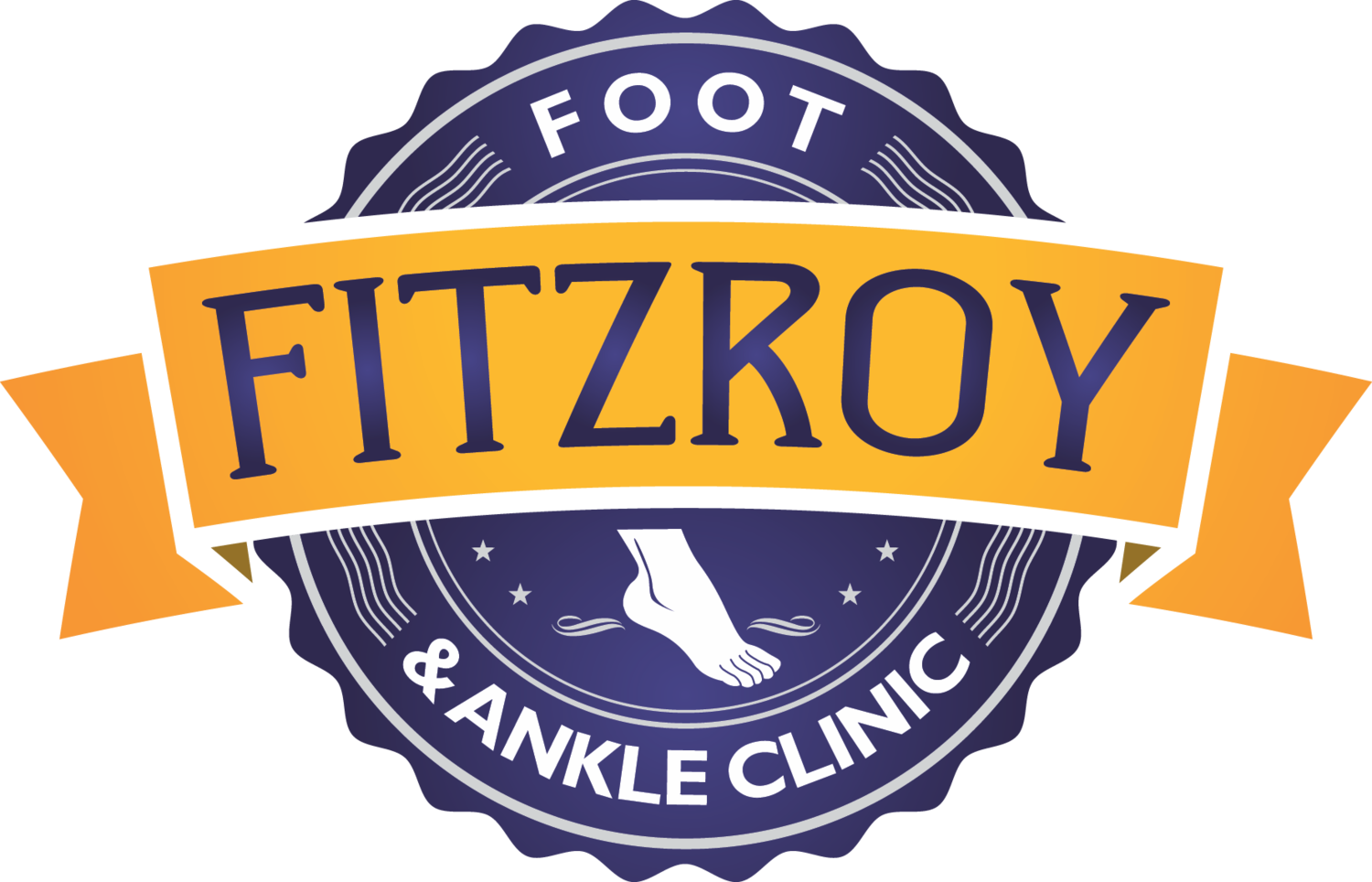Traditionally medical practitioners (doctors) were the only profession that prescribed medication. Over the past few years this has changed in many countries, and a range of health professionals are permitted to prescribe.
In Australia, there are several professions that can prescribe medication, including medical practitioners, nurse practitioners, dentists, optometrists and also endorsed podiatrists. So who are endorsed podiatrists?
Endorsed podiatrists
Endorsed podiatrists are podiatrists who have undertaken further postgraduate training to be 'endorsed' to prescribe medication. The training process involves undergraduate pharmacology, postgraduate case based learning, and finally, a one year period of supervised practice. There are several benefits of endorsed podiatrists to the health system, but there are also several benefits for patients, which include:
Continuity of care - having one health professional manage a condition can be beneficial
Save time - you wont need to be referred to a GP for medication
Save money - you wont spend extra money seeing your GP
Your GP is the central healthcare provider for you, so even though you might be prescribed medication by another health professional, your GP will be informed about your condition and if any medication has been used to manage this condition.
What medication can endorsed podiatrists prescribe?
Podiatrists can prescribe a limited list of medicines. These include:
antibiotics for infection
corticosteroids for topical use (such as dermatitis), and for injection (e.g. cortisone) related to certain musculoskeletal conditions.
analgesics to manage pain
long-acting local anaesthetics
antihistamines
miscellaneous medicines for conditions such as gout, fungal toenails, procedural anxiety
Fitzpod podiatrist Dr Glen Whittaker is an Endorsed Podiatrist and can manage conditions that may require prescription medication, such as injection therapy using corticosteroids. Learn more here.

